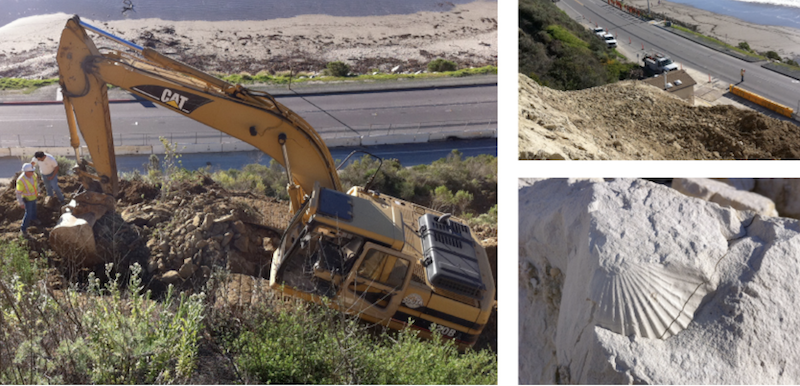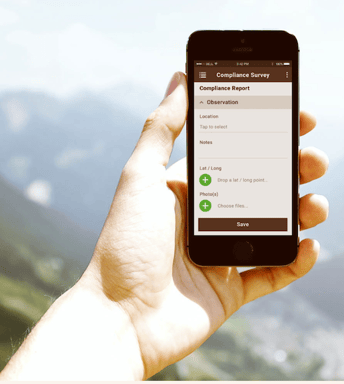What's better than learning from experience? Learning from someone else's! Two Industry experts take a look back on their 2021 projects and share their technology hits and misses.
Wildnote’s twenty-first Lunch & Learn webinar (and final episode of 2021) showcased Elizabeth Frantz, founder and COO of Surf to Snow Environmental Resource Management and Betsy Kruk, senior paleontologist with Paleo Solutions – recently acquired by Stantec. Our guest experts walked us through their use of environmental consulting technology and how lessons learned in 2021 are informing their planning for 2022. A planning exercise we call “Start. Stop. Keep.” generated a lively and entertaining discussion!
Here are some of the key takeaways in case you missed the webinar:
What do you plan to Keep Doing in 2022?
Keep focusing on the needs of field personnel to find efficiencies in field data collection and management.
Both Elizabeth and Betsy put consistent emphasis on driving field data collection efficiencies in 2021, with a focus on reducing the time it takes to collect, transcribe and QA data. The goal for both is to use mobile technology to allow field personnel to easily collect data and then transmit it to a cloud database for further analysis, organization and reporting. They both indicated a desire to keep the lines of communication to the field open to drive a process of continuous improvement. They have learned the best way to get data collection processes and forms optimized for the field is to iterate quickly based on field staff feedback. They acknowledged that the days of going into an office are likely over for most field personnel, and keeping the lines of communication open with them makes it easier to deploy and train on new technologies.
What do you plan to Stop Doing in2022?
Stop using existing processes that put data integrity at risk.
While no one purposely implements processes that will put their data at risk, many things that make sense with older technologies can inadvertently add risk when technologies and processes change. Elizabeth expressed a goal to stop manually transcribing hand recorded data into different spreadsheets, databases or documents, as it can lead to a proliferation of data entry errors and confusion over what is the original source data. Electronically captured data that is recorded once to a central database and then pulled from there for analysis and reporting leads to much better overall data integrity. Record once, use over and over is a good rule to follow.
Betsy learned that another source of data integrity issues comes from creating field data collection forms that are too long, due to the notion that a single form makes it easier for the field team to follow. The truth is that long forms make it too easy for field professionals to lose their place and potentially enter data in the wrong locations. Furthermore, lengthy forms create large data sets (particularly with photos) that can take a long time to upload to the cloud database on unstable field data connectivity. Shorter forms that follow the data collection workflow actually make it easier for field personnel, and they sync more effectively over suspect data connections. This leads to another rule - sync early, sync often.

What do you plan to Start Doing in 2022?
Start using technology to develop a unified view of projects/programs and better support for complex reporting workflows.
A big benefit of environmental consulting data collection and reporting solutions is that they create a single place to store all project data and reports. While this is incredibly useful, a lot more project management information exists that should also be readily available in a single location. Elizabeth mentioned that she wanted the ability to store all project information - data, reports, time sheets, invoices, proposals - in a single application under a single identifier. Information consolidation can be accomplished by integrating other applications with a common repository, making it easy to find, reuse, and repurpose specific pieces of project information while also leveraging mobile technology to automatically collect information like timekeeping data to ensure no billable hours get lost.
Betsy expressed a desire to extend the system to further automate reporting workflow processes to make it even more efficient. She felt she made big strides in reporting efficiency in 2021 and is looking forward to optimizing her data collection forms to eliminate even more manual steps when creating deliverables for clients and regulators. Ultimately, she looks forward to creating an end-to-end data collection and reporting lifecycle that keeps data clean while enabling field professionals and project managers to deliver higher quality work, adding to their competitive edge.
Both Betsy and Elizabeth learned a lot in 2021 and look forward to building on their experience in 2022. There was a lot of other good stuff in the webinar. If you’d like to hear it all, you can find it here.
USACE, fire assessment, Kristen Hazard, Wetlands, usace point intercept method, Press







